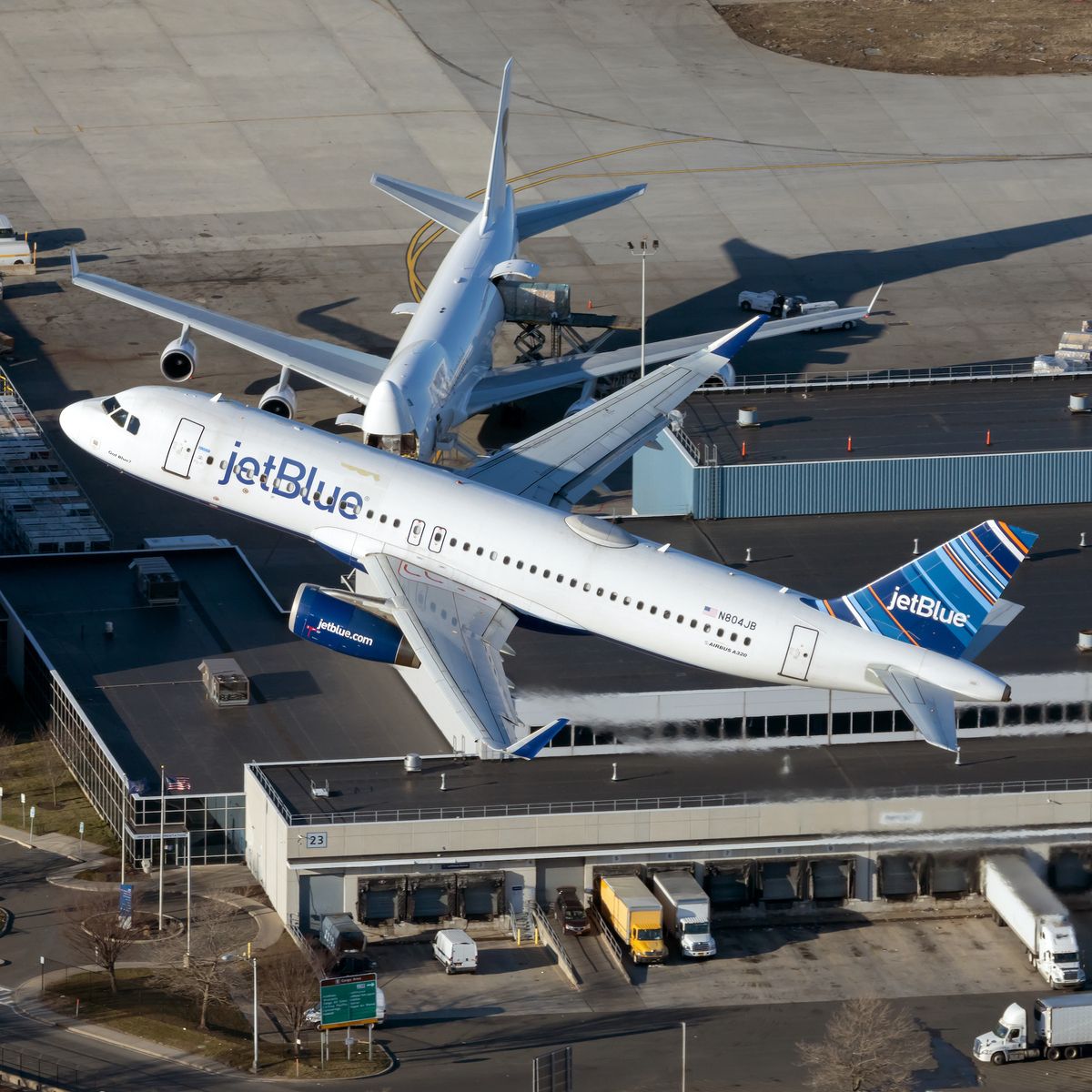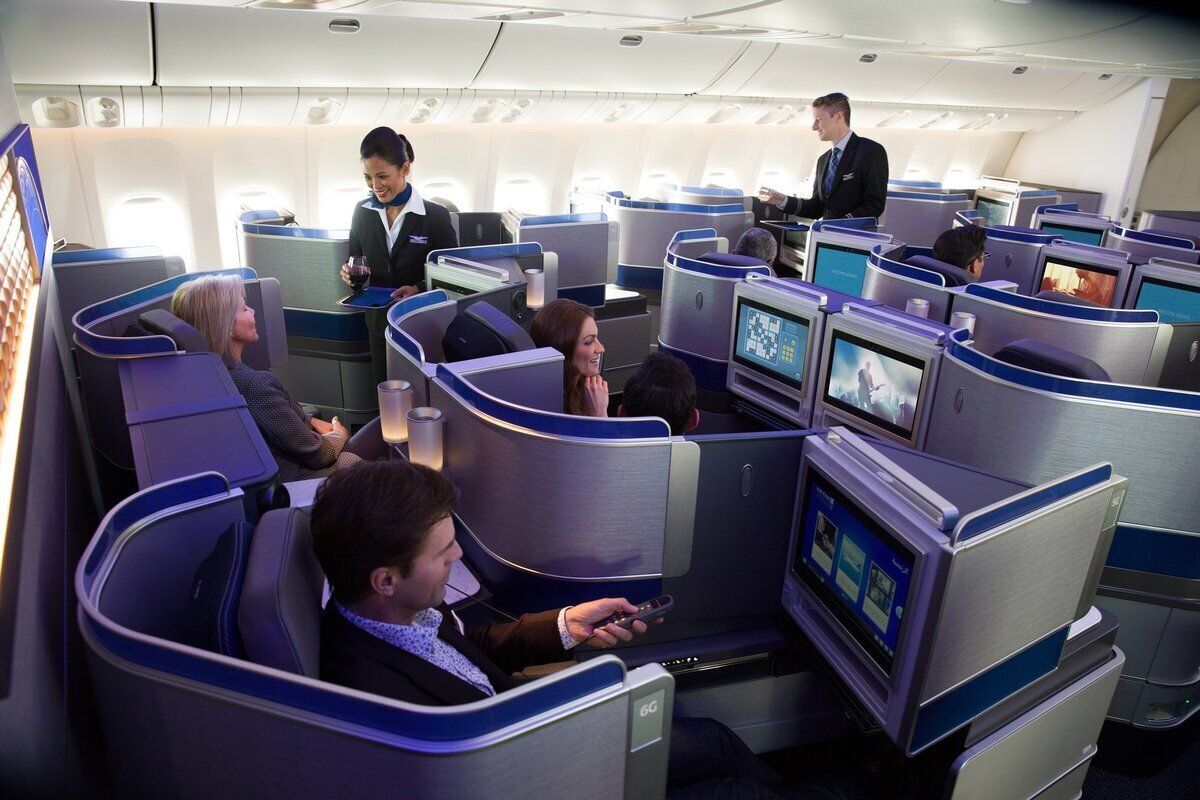The Airbus A320 is one of the most successful single-aisle aircraft families in aviation history. More often than not, the A320 deploys a traditional 3-3 configuration (three seats, aisle, three seats). But, could a 2-1-2 configuration work for this plane? Let’s find out.
Would 2-1-2 be interesting at all?
Recently shared online was a proposal for a twin aisle A320 cabin layout. It would have a total of 124 seats. These seats would have a 32 or 34 inches of pitch.
This is not the first time that a twin-aisle A320 aircraft has been considered. Back in 2010, Morten Müller, a former Airbus aircraft engineer, and air transport consultant, proposed a 1-2-2 configuration.
Back then, Müller said that his design would allow airlines to potentially create a premium domestic or transcontinental product with smaller aircraft on strategic routes, as reported at the time.
So far, no airline worldwide has ever attempted to undertake a configuration like this, nor do we think we could see one in the near future. Nevertheless, would it be possible?
Stay informed: Sign up for our daily and weekly aviation news digests.
How would an airline make it happen?
The A320neo has a maximum cabin width of 12 feet 1 inch (3.7 meters). Typically, it can carry between 180 and 220 passengers in a two class configuration. The width for an economy class seat both at Delta and SAS is 18 inches (46 centimeters), while the pitch is 30-31 inches (76-79 centimeters).
These measures mean both airlines use approximately nine feet and 0.66 inches (2.76 meters) in seating, leaving the rest for the aisle (3.08 feet, or 94 centimeters).
So, if an airline were to choose a 2-1-2 configuration, it would drop a seat, meaning it would have 18 additional inches (46 centimeters) of width. In total, there would be 55 inches (1.39 meters) available for the two aisles.
On paper, it seems possible, though many challenges remain.
Looking at the challenges
Having two aisles of 27.5 inches each would be quite a challenge. Most likely, aircraft interior designers would need to make further adjustments to allow a 2-1-2 configuration.
The overhead bins are another issue that airlines would have to figure out in order to deploy this configuration. Where would the bins be placed? How big could they be without interfering with the aisles? How can a 2-1-2 configuration be designed to allow flight attendants to do their jobs effectively? These questions, and more, remain unanswered.
Additionally, mostly there are no tracks for the seats in the aisle. Where would the airlines fix the middle seat without creating a trip hazard?
Where can we see the 2-1-2 configuration?
The 2-1-2 configuration is highly odd. There are a few examples of some airlines using it, but not in economy class. For example, United Airlines has a 2-1-2 configuration on its Boeing 767-400ER fleet, but only on the United Polaris business seats. Economy plus and economy are in a more conventional 2-3-2.
Instead, most airlines deploy a 2-2-2 or a 1-2-1 seat configuration on premium seats. That's what American Airlines do on its Boeing 787 fleet, for instance.
When it comes to cabin design, there are many options, especially for premium passengers. For instance, earlier this year, Factorydesign showed its new seat concept ‘Access,’ which deploys a 2-2 layout, allowing all passengers direct aisle access.
Nevertheless, it is a whole different story when it comes to single-aisle narrowbody aircraft. It is unlikely we will ever see an Airbus A320 with a 2-1-2 seat configuration.
Would you like to travel onboard a two-aisle Airbus A320? Do you think it is feasible? Let us know in the comments.




